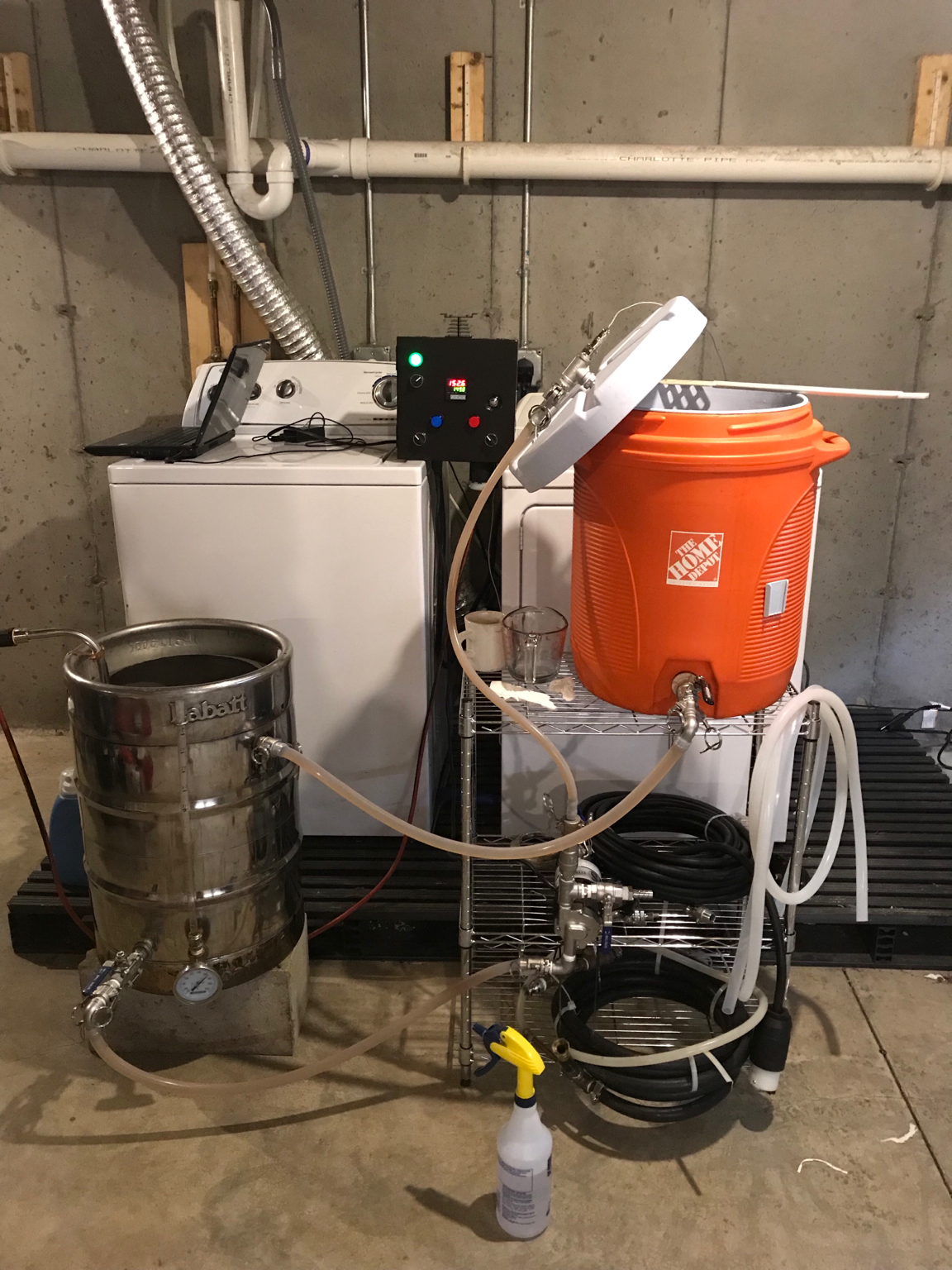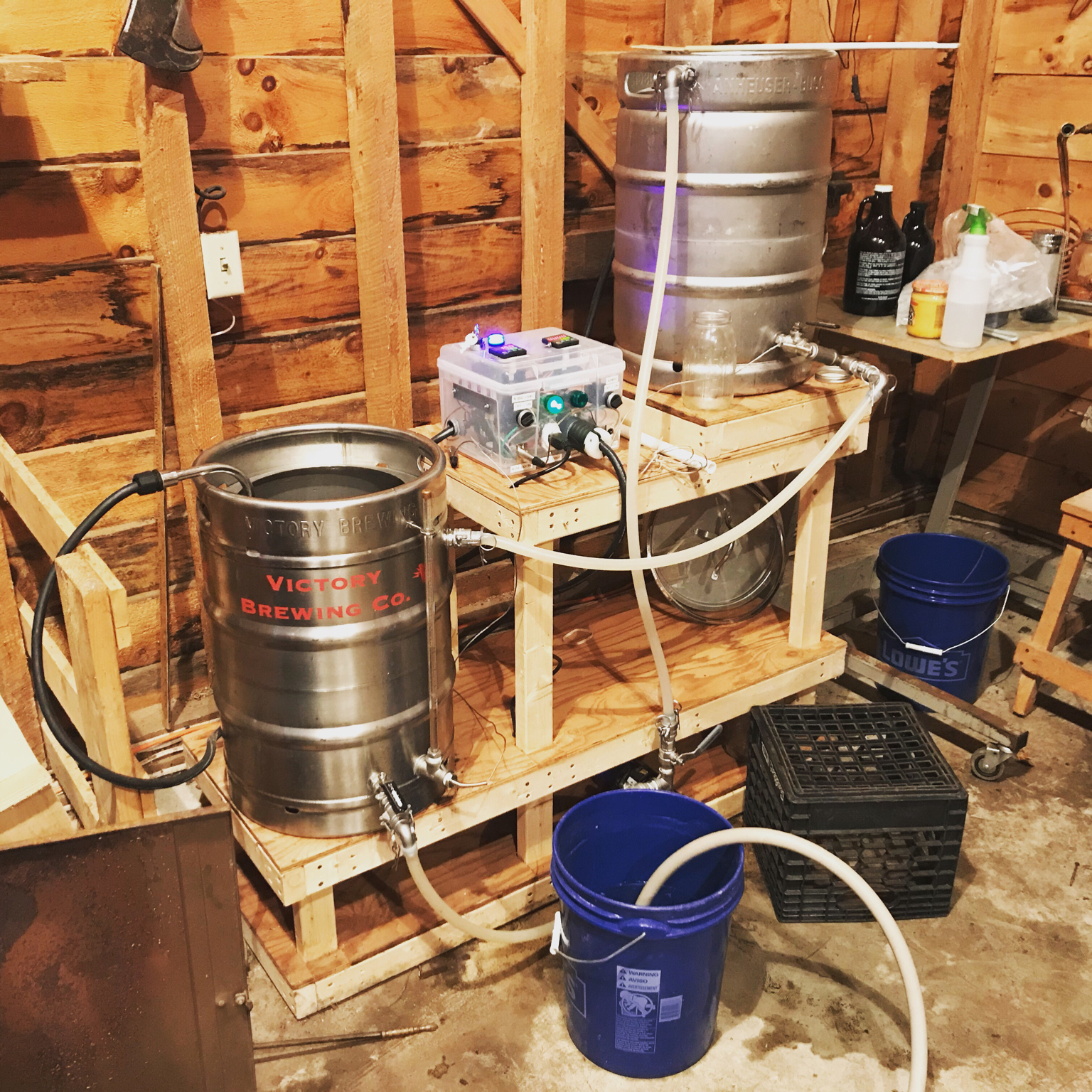Figgy15
Well-Known Member
Hello my fellow brewers!!!!
Hoping for some guidance. I recently changed my brewing system and went with a single tier, 2 vessel (1 HLT/Boil with heating element, 1 Mash Tun, 1 pump) DIY electric system. It's very similar to the one used in this video:
.
In doing my research, I did see that because there is no sparge and just a 60 min recirculating mash, that my efficiency could take a hit. What I find interesting is that in my 3 sessions so far, I have had a difference of -.005 points, -.010 points, and most recently -.006 points in my OG when compared to beersmith. I did setup my equipment in beersmith to calculate my water losses but don't know if i need to do anything else to help with proper efficient target. I read somewhere (believe here) that I should "cut the grain" every 15 mins during the mash to make sure that channeling isn't happening...that this would greatly help my efficiency. I have done that on all 3 batches. The crushing of the grains have all been done on the same mill. I always store my grains at the same temp before i use them. I have also added an extra 1-1.5 lbs of the base grain to "compensate" for the expected loss in efficiency.
So I guess I'm hoping to get some tricks and tips from anyone that might be using the same type of system or just has way more knowledge then me on how, if at all possible, to increase my efficiency.
Thank you all for your advice!
Hoping for some guidance. I recently changed my brewing system and went with a single tier, 2 vessel (1 HLT/Boil with heating element, 1 Mash Tun, 1 pump) DIY electric system. It's very similar to the one used in this video:
.
In doing my research, I did see that because there is no sparge and just a 60 min recirculating mash, that my efficiency could take a hit. What I find interesting is that in my 3 sessions so far, I have had a difference of -.005 points, -.010 points, and most recently -.006 points in my OG when compared to beersmith. I did setup my equipment in beersmith to calculate my water losses but don't know if i need to do anything else to help with proper efficient target. I read somewhere (believe here) that I should "cut the grain" every 15 mins during the mash to make sure that channeling isn't happening...that this would greatly help my efficiency. I have done that on all 3 batches. The crushing of the grains have all been done on the same mill. I always store my grains at the same temp before i use them. I have also added an extra 1-1.5 lbs of the base grain to "compensate" for the expected loss in efficiency.
So I guess I'm hoping to get some tricks and tips from anyone that might be using the same type of system or just has way more knowledge then me on how, if at all possible, to increase my efficiency.
Thank you all for your advice!
Last edited:





